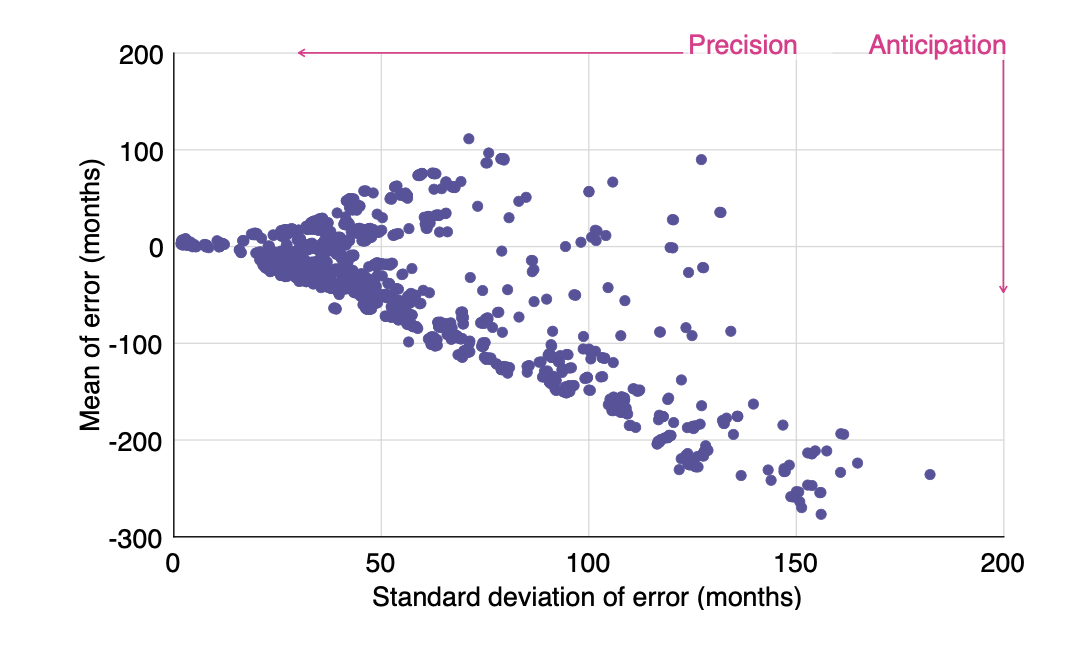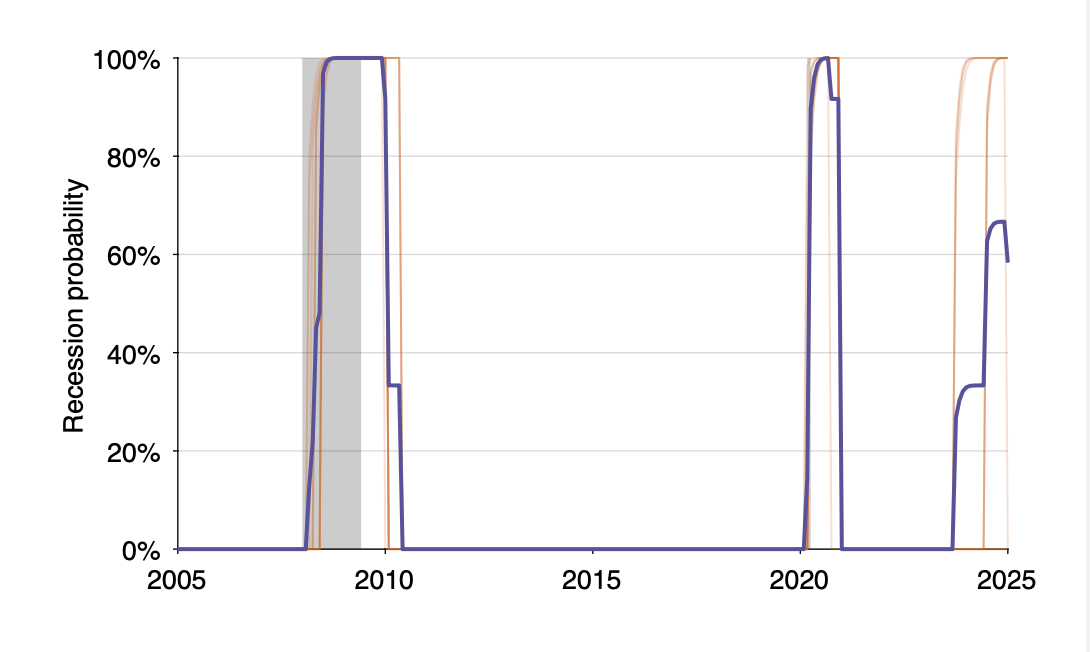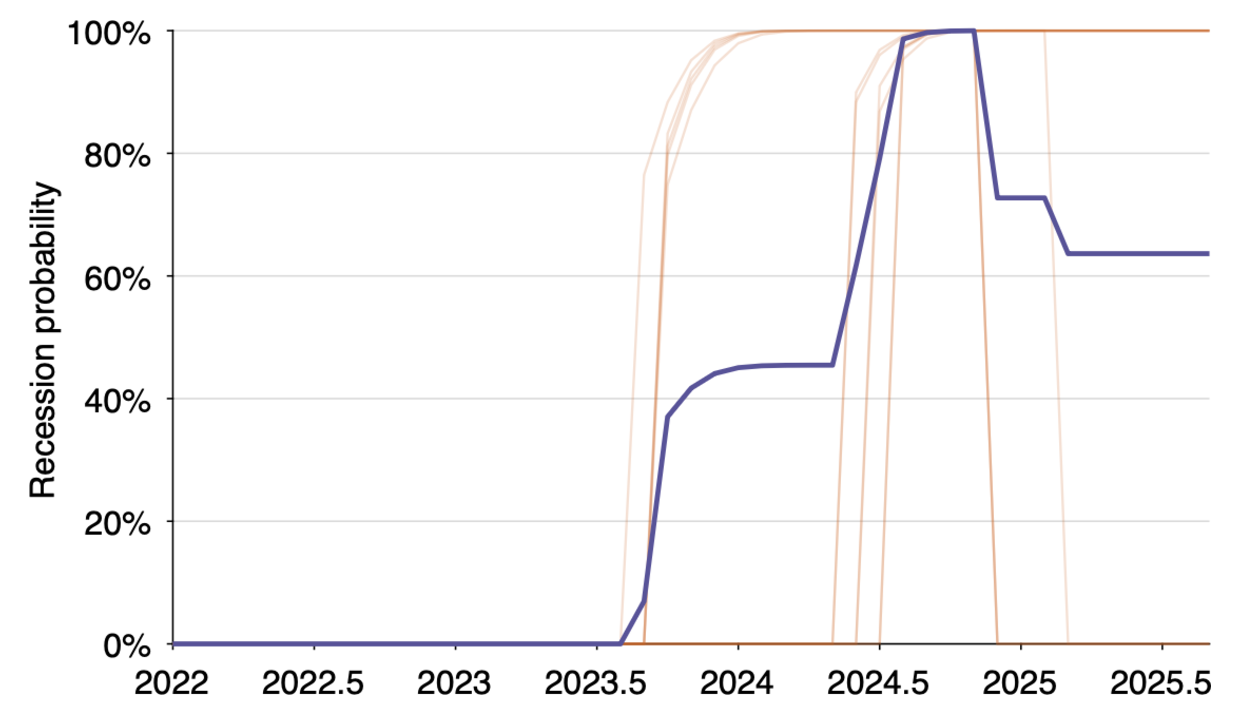Abstract
This paper develops an algorithm for detecting US recessions in real time. The algorithm constructs hundreds of millions of recession classifiers by combining unemployment and vacancy data. Classifiers are then selected to avoid both false negatives (missed recessions) and false positives (nonexistent recessions). The selected classifiers are perfect in a statistical sense: they identify all 15 historical recessions in the 1929–2021 training period without any false positives. By further selecting classifiers that lie on the high-precision segment of the anticipation-precision frontier, the algorithm delivers early detection without sacrificing accuracy. On average between 1929 and 2021, the selected classifier ensemble signals recessions 2.1 months after their true onset, with a standard deviation of detection errors of 1.8 months. The classifier ensemble is much faster than the NBER Business Cycle Dating Committee: between 1979 and 2021, the committee takes on average 6.3 months to determine recession starts, while the classifier ensemble only takes 1.2 months. Applied to September 2025 data, the classifier ensemble gives a 64% probability that the US economy has entered a recession. A placebo test and backtests confirm the algorithm’s reliability.
Figure 1: Monthly unemployment and vacancy rates and recession dates in the United States, April 1929–September 2025

Figure 8A: Anticipation-precision frontier of 4,481,622 perfect recession classifiers for the United States, April 1929–December 2021

Figure 11A: In-sample US recession probability, April 1929–December 2021

Figure 11B: Out-of-sample US recession probability, January 2022–September 2025

Citation
Michaillat, Pascal. 2025. “Recession Detection Using Classifiers on the Anticipation-Precision Frontier.” arXiv:2506.09664v4. https://doi.org/10.48550/arXiv.2506.09664.
@techreport{M25,
author = {Pascal Michaillat},
year = {2025},
title = {Recession Detection Using Classifiers on the Anticipation-Precision Frontier},
number = {arXiv:2506.09664v4},
url = {https://doi.org/10.48550/arXiv.2506.09664}}